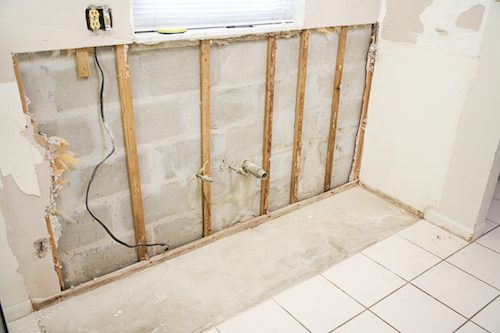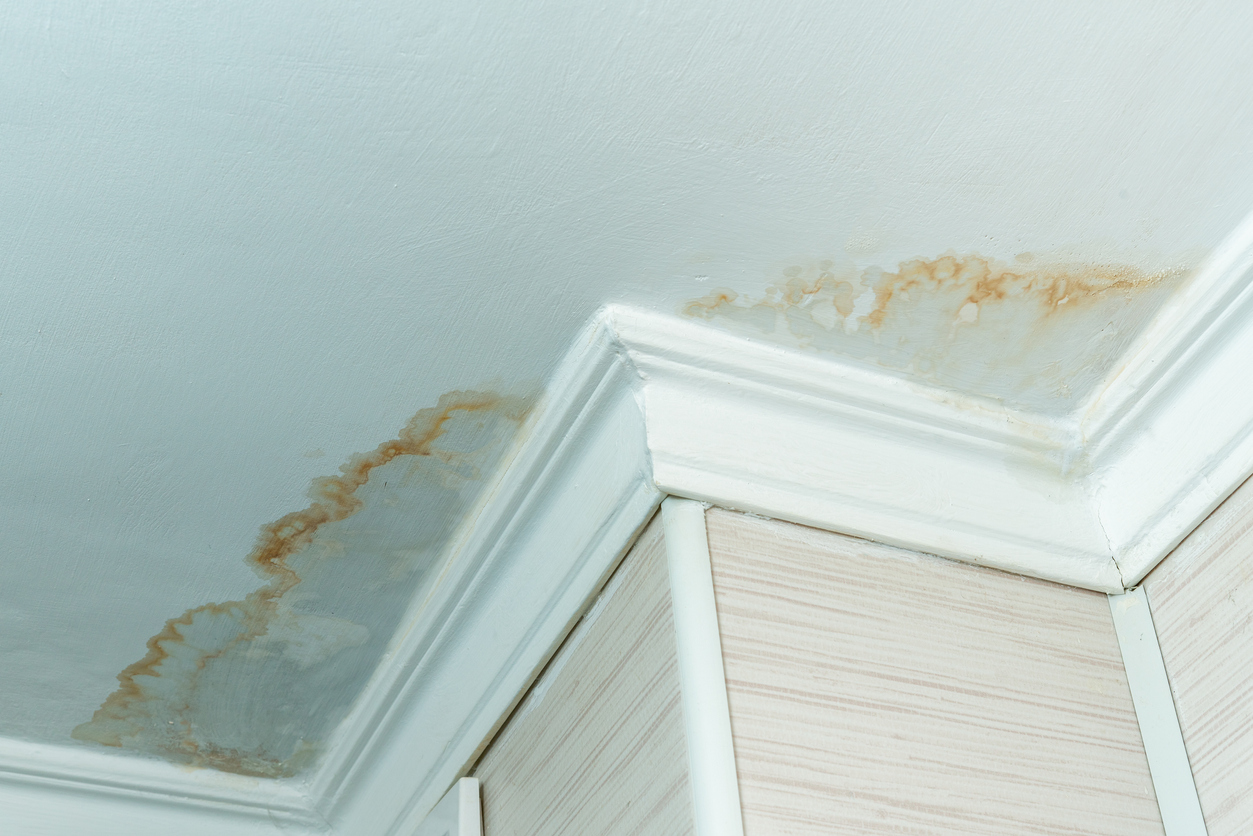Do you find yourself hunting for additional info on How to Remove Water Stains from Walls and Ceilings?

Water spots on wall surfaces are not pleasant to the eyes. In some cases it appears virtually inevitable to experience water discolorations on walls in homes.
Property owners living in damp regions continuously deal with the worry of water spots on walls. With accurate and also well-shaped details on the reasons of water discolorations and also timely repair service processes, you will always be a step ahead of such events.
3 Usual Sources Of Water Discolorations on Wall Surfaces
As opposed to popular belief, water stains on walls do not constantly originate from bad building materials. There are several sources of water discolorations on wall surfaces. These include:
Damp
When warm damp air meets with dry cool air, it triggers water droplets to form on the wall surfaces of structures. This happens in kitchens and bathrooms when there is steam from cooking or showers. The water beads can discolor the surrounding walls in these parts of your residence as well as spread to various other areas.
Damp or condensation influences the roofing system and wall surfaces of buildings. This causes them to show up darker than other locations of the house. When the wall is wet, it develops an appropriate environment for the development of fungi and also microorganisms. These may have negative effects on wellness, such as allergies and breathing disorders.
Poor Drainage
This will protect against water from seeping right into the walls. This web links to excessive moisture that you discover on the wall surfaces of your building.
The leading reason of damp walls, in this instance, can be a poor water drainage system. It can additionally be because of poor monitoring of sewer pipes that go through the structure.
Pipe Leaks
A lot of homes have a network of water pipelines within the walls. It constantly increases the practicality of such pipelines, as there is little oxygen within the walls.
Yet, a downside to this is that water leak affects the wall surfaces of the building and also causes prevalent damage. An indication of damaged pipes is the look of a water stain on the wall surface.
Pro Suggestion
A houseplant in your house also boosts its humidity. If the home is currently humid, you may want to present houseplants with marginal transpiration. An instance of ideal houseplants is succulents.
Water Discolorations on Wall Surface: Fixing Tips
Homeowners would generally desire a quick fix when managing water discolorations. Yet, they would certainly soon recognize this is counterproductive as the water stains recur. Below are a couple of practical pointers that will certainly assist you in the fixing of water stains on walls:
Conclusion
Although no one wants to have water stains on walls in their home, it can happen to the best of us. This write-up offers you utilize, as you currently recognize just how to manage this incident if it does happen.
It is always best to recruit professional services to help fix the problems in your house.
Often it appears nearly inevitable to experience water discolorations on walls in houses.
Contrary to prominent belief, water spots on wall surfaces do not always stem from inadequate building products. There are several causes of water discolorations on walls. The water beads can stain the bordering wall surfaces in these parts of your residence and spread to various other locations.
Here are a few handy suggestions that will certainly guide you in the repair service of water stains on walls:
CHECKING FOR WATER DAMAGE
Water damage can be costly, and it may begin before you even notice the first signs of trouble. Water damage can cause mold and mildew in your walls and floors, which can create an abundance of health concerns for your family. It can also lead to costly repairs of various appliances and general home fixtures. To avoid the pricey consequences of water damage, here are Warner Service’s top 5 places you should check:
The walls – The easiest place to spot the beginnings of water damage is on the walls and ceilings of your home. If water damage is present, there will most likely be water stains, especially around the windows and doorframes, and/or cracks in the drywall. If a stain looks unusual (discolored to brown, black or gray, raised texture), has a swollen appearance or is soft to the touch, contact a professional immediately. The pipes – To avoid water damage, consistently check the pipes in your kitchen (especially the dishwasher and ice maker), bathrooms, laundry room (specifically washing machines) and basement for corrosion, leaks and water stains. Pay special attention to where the pipes connect in your home and the location of caulking around the bathroom fixtures, including toilets, sinks, showers and tubs. Missing or loose caulking and grout could be signs of leaking water. This seepage can also quickly cause mold and rust, so double check your water heater and tank for wet spots on the floor. The floor – Water damage is very easy to spot on the floor. Look for any warping or buckling of the material, especially in the basement. If your home has wood flooring, look for bright white or dark stains. If your home has carpeting, keep it dry and clean. A damp carpet that smells of mold could cause water damage and health problems. To avoid this, consider installing floor pans under your appliances to help prevent damages from small, slow and undetected leaks. The basement and attic – If your basement or attic smells odd check for mold and mildew around the area, especially the valley where the roof meets. While you are inspecting those areas, check for wall cracks, floor stains, rust and dampness in the insulation. If you live in a colder and/or rainier climate, perform routine checks for water damage from melting snow or ice and rain. The exterior – Check the roof for damaged flashing and missing, cracked or curled shingles. There should also be no standing water anywhere outside your home. This could be caused by puddles, leaky rain gutters or hoses, poor drainage, or short gutter spouts. Invest in a sump pump system or water flow monitoring system, and perform routine maintenance on these outdoor appliances to avoid indoor water damage.

We were shown that write-up about Indicators of Water Damage Behind Walls from an acquaintance on a different web blog. Don't hesitate to take the opportunity to distribute this post if you enjoyed reading it. I appreciate reading our article about Indicators of Water Damage Behind Walls.
Get Estimate